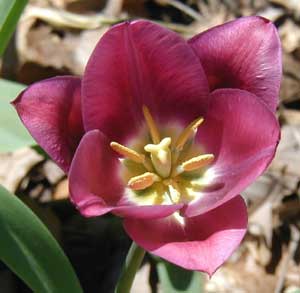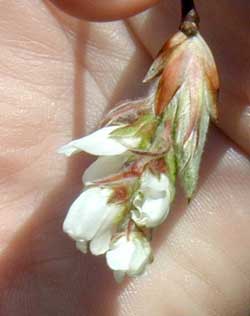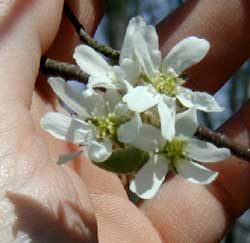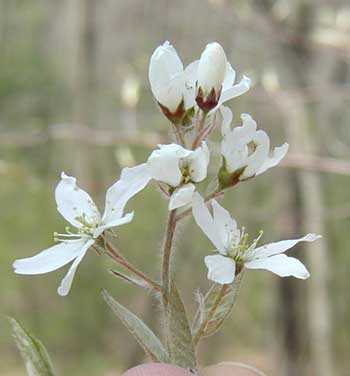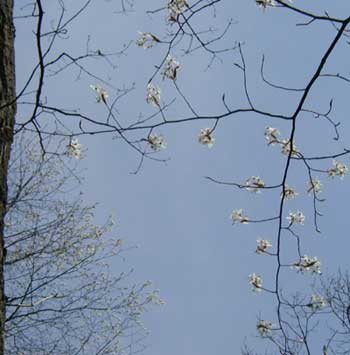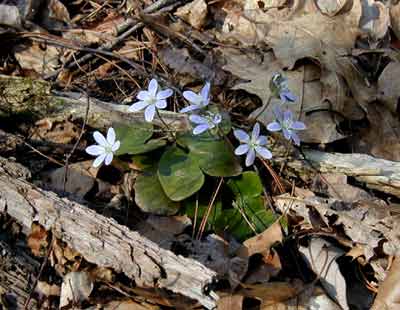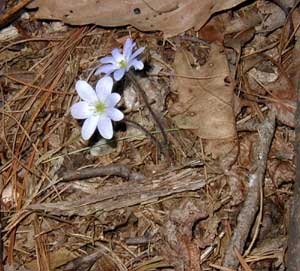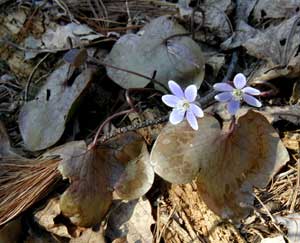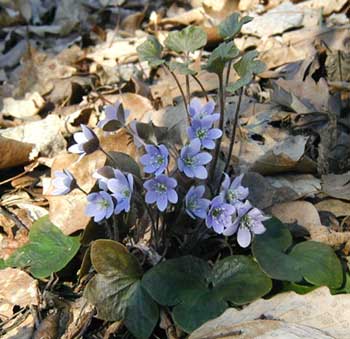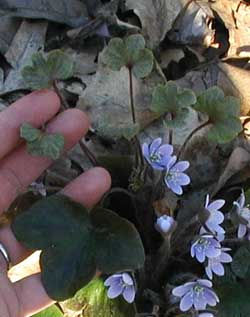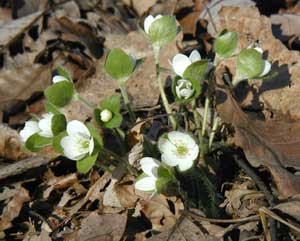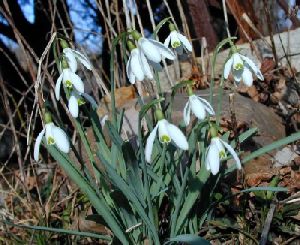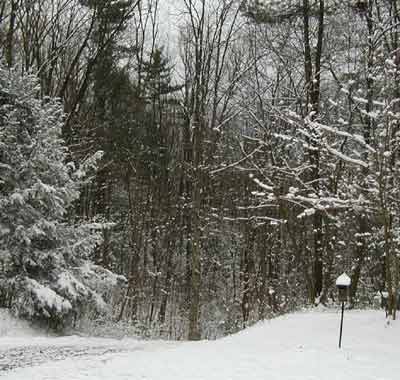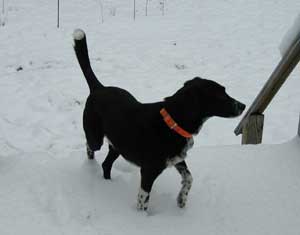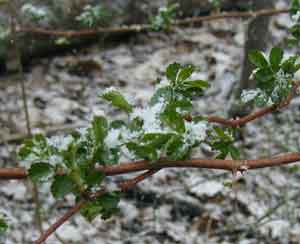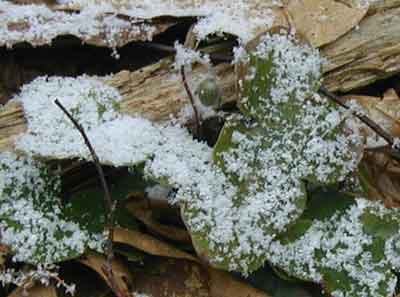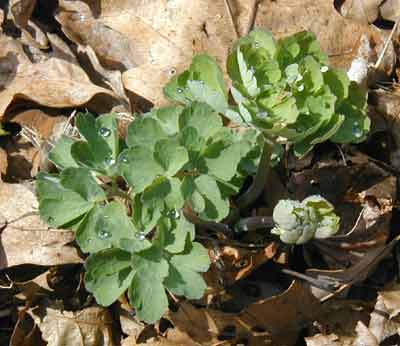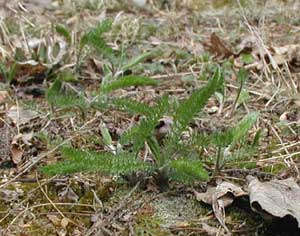Two days ago the first violet was seen opening its purple blossoms. Between the rain and the wind that come along with the Spring rains, it’s been hard to get decent photos of them.
The Northern Downy Violet, Viola fimbriatula (V. sagittata var. ovata) is characterized by its elongated lance-shaped leaves with short stems. It is always one of the first violets to bloom in south-central PA.
The light violet to purple flowers are only slightly taller than the leaves and sit about 2-3 inches above the ground. The spur is small in this species of viola.
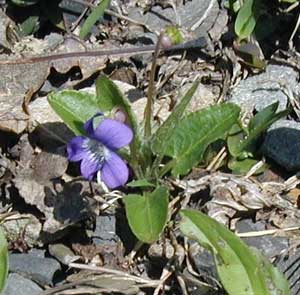
The two lateral lower petals are bearded with fine hairs. The lower middle petal has lines of deep purple. Stems of both flower and leaf are softly hairy, or downy.
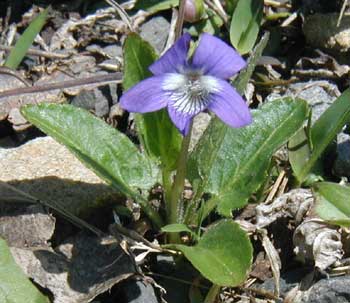
Younger individuals of the northern downy violet have smaller oval-shaped leaves without lobes.
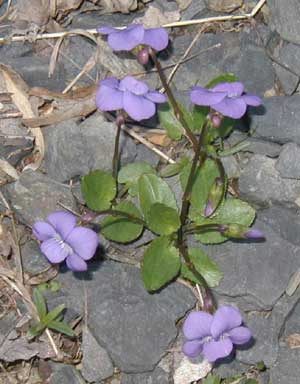
A similar violet is the arrow-leaved violet, Viola sagittata. Leaves are lance shaped with notches at the base, but the leaves are not downy. Flowers are about 4-5 inches off the ground.
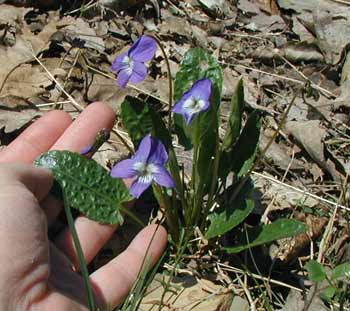
A great resource for aiding indentification of New England violets is the Connecticut Botanical Society, where you can browse wildflowers by color, look up ferns and rare plants, and learn about gardening with native plants.
